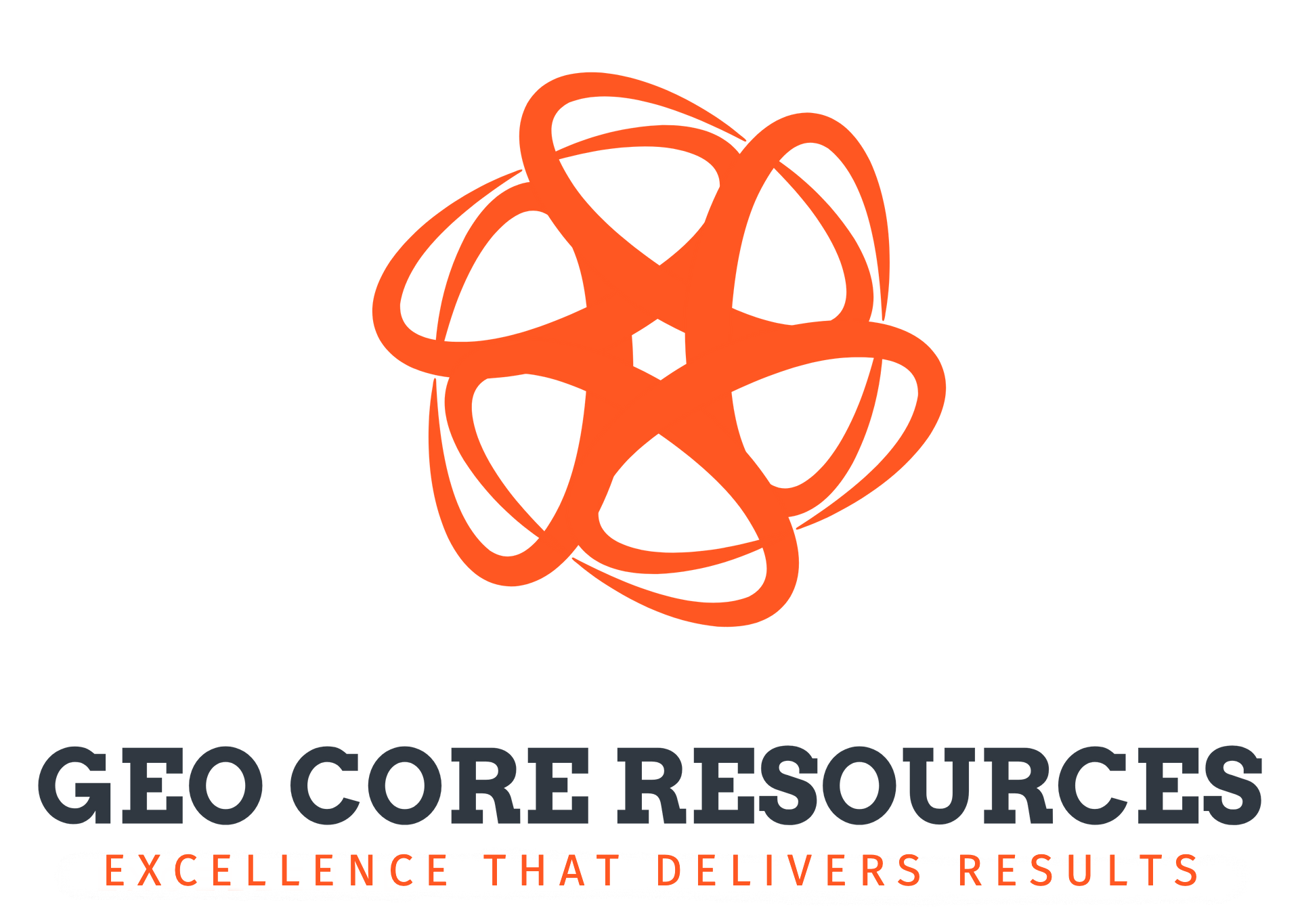Recent Advancements in 3D Resource Modelling Techniques
Resource modelling is the process of using data and information to estimate the size, shape, and distribution of mineral or energy resources. It is a crucial aspect of any geological project, as it helps to identify potential areas of interest and estimate the potential value of the resource. In recent years, there have been significant advancements in 3D resource modelling techniques, which have greatly improved the accuracy and efficiency of resource modelling. In this blog post, we will discuss some of these recent advancements and how they are being used in geological projects.
One of the most significant advancements in 3D resource modelling is the use of Machine Learning (ML) techniques. ML is a type of artificial intelligence that allows computers to learn from data, without being explicitly programmed. In resource modelling, ML techniques are used to create 3D models of mineral or energy resources, which are then used to estimate the size and shape of the resource. These models are created by training the computer on a large dataset of geological data, including drilling and sampling data, geological maps, and remote sensing data.
Another recent advancement in 3D resource modelling is the use of Computer Aided Design (CAD) software. CAD software is used to create detailed 3D models of mineral or energy resources, which are then used to estimate the size and shape of the resource. These models are created by inputting data from various sources, including drilling and sampling data, geological maps, and remote sensing data. The use of CAD software allows for a more accurate and efficient resource modelling process, as it allows for real-time adjustments and visualisations of the resource.
In addition to ML and CAD, geo-statistics is also being increasingly used in resource modelling. Geo-statistics are statistical methods used to estimate the size and shape of a resource based on the data collected. These methods take into account spatial continuity and the uncertainty of the resource and help to estimate the size and shape of the resource.
Another recent advancement in 3D resource modelling is the use of 4D modelling. 4D modelling is similar to 3D modelling, but it also takes into account time-dependent changes in the resource. This is particularly useful for modelling oil and gas reservoirs, as it allows for an estimation of how the resource will change over time.
In conclusion, recent advancements in 3D resource modelling techniques have greatly improved the accuracy and efficiency of resource modelling. Machine Learning, Computer Aided Design, geo-statistics and 4D modelling are some of the most recent advancements in this field, which are being used to create more accurate and efficient 3D models of mineral or energy resources. These advancements allow for a more comprehensive understanding of the resource, which in turn, helps to inform exploration and development decisions and estimate the potential value of the resource.


